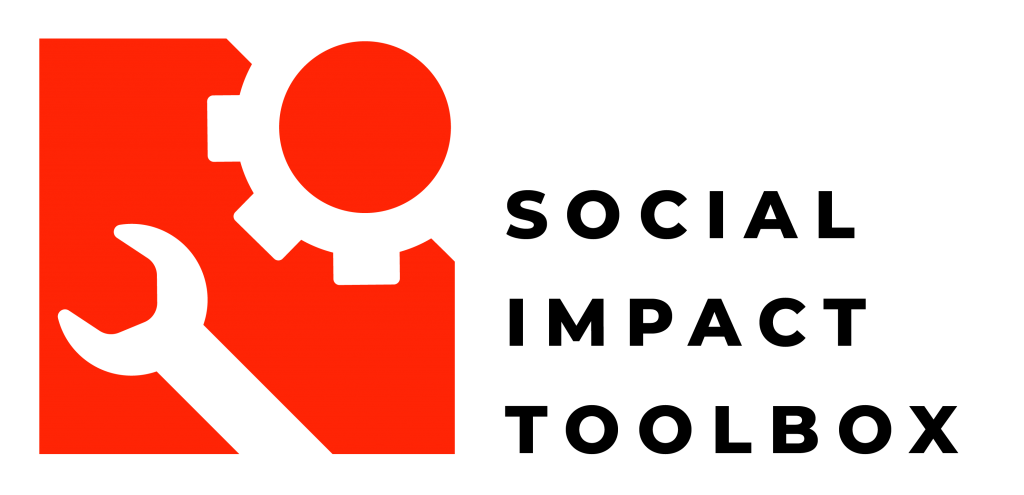THE FRAMEWORKS
Frameworks
evaluation planning in three steps
In order to evaluate, we need to know what change we want to see, what would evidence that change, and how we’re going to measure it. To help plan our evaluation we use three standardised frameworks. Click on each framework to learn more.
The Theory of Change underpins your entire program. It is a clear and concise articulation of your program and its intended outcomes.
Weiss (1995) defines a theory of change quite simply as a theory of how and why an initiative works. It is a statement that captures how the activities, outcomes, and contexts of an initiative lead to long-term goals.
Remember when developing your Theory of Change you will have to think about what level you are seeking to realise change. This may be in terms of changes to a group of individuals, at the level of an organisation, or at a societal level.
DOWNLOAD
This model provides a detailed explanation of your intended impact and defines the specific outcomes you will need to achieve in order to realise that impact. It is a clear visual presentation of the theoretical assumptions that guide the choice of intervention, and systematic assessment of program effectiveness. Think of each component as a stepping stone. Mapping a flow of impact where your activities lead to outputs, which lead to social outcomes, which in turn, lead to long-term social impact. Underpinning all of this are assumptions founded in evidence. This evidence is available in research, which uses validated measures to indicate program success.
Logic Models are used for:
- assessing the feasibility of proposed programs and their readiness for evaluation
- program development
- developing performance monitoring systems building knowledge
DOWNLOADS
![]()
Your Evaluation Framework maps out what you’re going to measure and how. This framework captures the specific metrics you will be using to measure each outcome articulated in your logic framework. Your framework maps out your outcomes, indicators you want to measure and the tools you will use to measure that indicator.
Outcomes: The social impact you’re hoping to achieve. These are the intended outcomes from running your project. In your evaluation plan these include the short, medium and long term outcomes mapped in your program logic.
Indicators: Indicators are the specific, observable and measurable markers you will use to assess whether you have achieved your outcome or not. These will capture an increase or decrease in the specific change your project seeks to achieve. The selected indicators will frame your evaluation practice and data collection.
Tools: These facilitate the systematic collection and analysis of data, relevant to your indicator. You can access validated tools through our Tool Library. Tools and measures can be used to monitor the effectiveness of program activities and document changes in a target population.
DOWNLOADS
Program Planning Process

To help you plan your evaluation, we’ve developed some templates that you can easily download and begin planning. Click on the name of the template to download. We’ve also prepared an explainer document which provides an overview on what is needed in each section.
![]()
